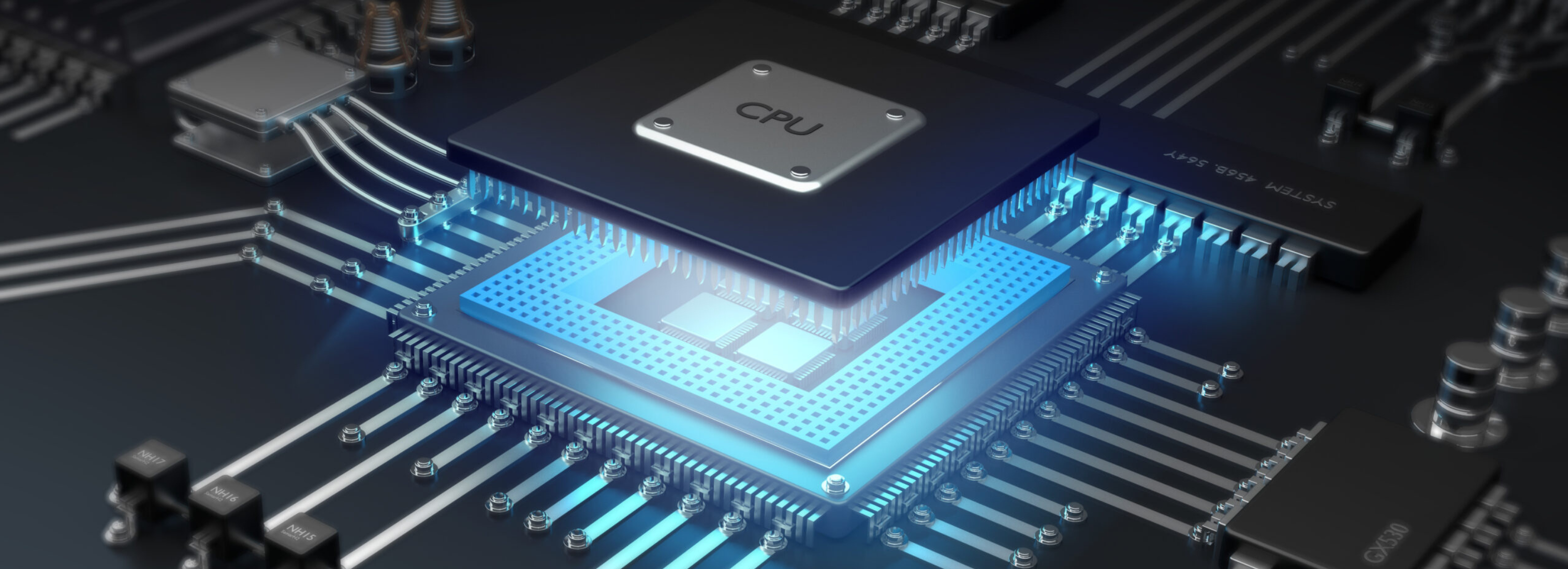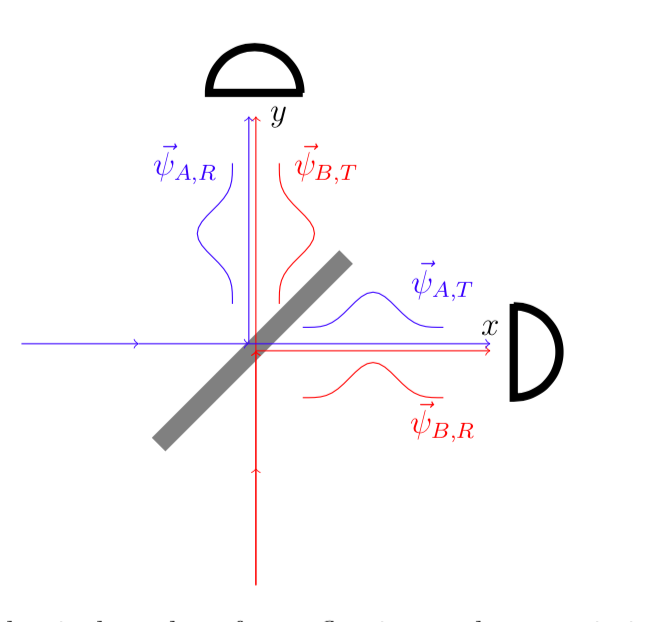Conference: “Photons: quantum light, from Planck and Einstein to quantum technologies”

On the occasion of the 150th anniversary of the SFP, the Laboratoire ICB is organizing its 2nd thematic conference on Tuesday May 16, 2023 (6 p.m. to 8 p.m.) at the Claude Bernard amphitheater, Science Mirande (Université de Bourgogne). This conference will be presented to you by Hans R. Jauslin, Professor uB/ICB.
Although we perceive light very directly, understanding its nature and deep physical properties has been an arduous task, the development of which spanned centuries.
Newton formulated a corpuscular interpretation of light. The work of Huygens and the experiments of Young led to a radical change in interpretation: light is composed of waves. Maxwell’s formulation of the equations of electromagnetism led to the interpretation of light as electromagnetic waves. This seemed for a time to give the definitive description of optical phenomena. There remained, however, one aspect that was still poorly understood: the processes of emission and absorption of light by matter. The work of Planck and Einstein around 1900 brought out the idea that energy exchanges between light and matter take place in discrete quantities. This led to the formulation of the photon, as an elementary particle.

During the second half of the 20th century, experimental techniques for the production, detection and characterization of the properties of photons made remarkable progress, as well as the theoretical understanding of these phenomena. Currently they have reached a level allowing to consider technological applications based on quantum properties that would not be possible in the context of classical physics, opening new frontiers.
In this presentation we will discuss the historical development of theories on light and its quantum properties, and experimental achievements, to lead to the applications of quantum technologies, which are currently booming.
- kc_data:
- a:8:{i:0;s:0:"";s:4:"mode";s:2:"kc";s:3:"css";s:0:"";s:9:"max_width";s:0:"";s:7:"classes";s:0:"";s:9:"thumbnail";s:0:"";s:9:"collapsed";s:0:"";s:9:"optimized";s:0:"";}
- kc_raw_content:
- [kc_row use_container="yes" _id="305308"][kc_column width="12/12" video_mute="no" _id="659849"][kc_spacing height="20" _id="570777"][kc_column_text _id="402559"]
On the occasion of the 150th anniversary of the SFP, the Laboratoire ICB is organizing its 2nd thematic conference on Tuesday May 16, 2023 (6 p.m. to 8 p.m.) at the Claude Bernard amphitheater, Science Mirande (Université de Bourgogne). This conference will be presented to you by Hans R. Jauslin, Professor uB/ICB.
[/kc_column_text][kc_spacing height="20" _id="304702"][kc_column_text _id="377410"]Although we perceive light very directly, understanding its nature and deep physical properties has been an arduous task, the development of which spanned centuries.
Newton formulated a corpuscular interpretation of light. The work of Huygens and the experiments of Young led to a radical change in interpretation: light is composed of waves. Maxwell's formulation of the equations of electromagnetism led to the interpretation of light as electromagnetic waves. This seemed for a time to give the definitive description of optical phenomena. There remained, however, one aspect that was still poorly understood: the processes of emission and absorption of light by matter. The work of Planck and Einstein around 1900 brought out the idea that energy exchanges between light and matter take place in discrete quantities. This led to the formulation of the photon, as an elementary particle.
[/kc_column_text][kc_spacing height="20" _id="973775"][/kc_column][/kc_row][kc_row use_container="yes" _id="347681"][kc_column width="45%" _id="425959"][kc_single_image image_size="full" _id="185684" image_source="media_library" image="42426"][/kc_column][kc_column width="5%" _id="470426"][/kc_column][kc_column width="50%" _id="422091"][kc_spacing height="20" _id="422093"][kc_column_text _id="398404"]During the second half of the 20th century, experimental techniques for the production, detection and characterization of the properties of photons made remarkable progress, as well as the theoretical understanding of these phenomena. Currently they have reached a level allowing to consider technological applications based on quantum properties that would not be possible in the context of classical physics, opening new frontiers.
In this presentation we will discuss the historical development of theories on light and its quantum properties, and experimental achievements, to lead to the applications of quantum technologies, which are currently booming.
[/kc_column_text][kc_spacing height="20" _id="245913"][kc_column_text _id="331933"] [/kc_column_text][/kc_column][/kc_row]
